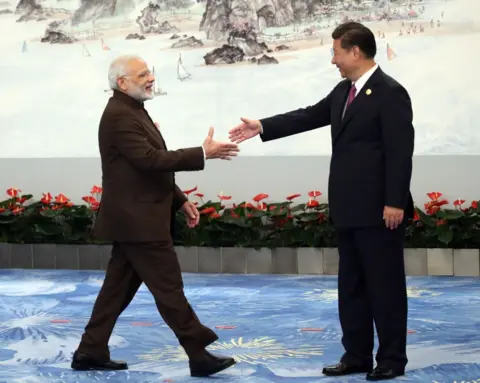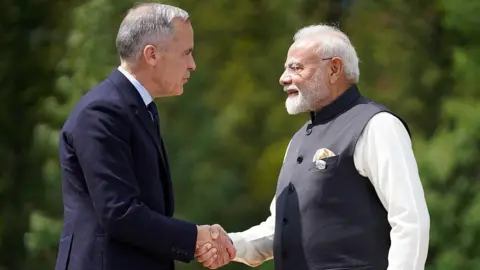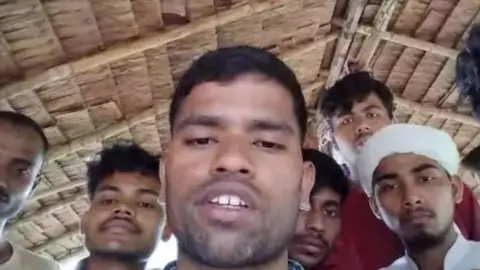Valmik Thapar, the eminent conservationist who dedicated his life to preserving India's wild tiger population, passed away on May 31 at his home in New Delhi. He was 72 or 73 years old, with his family announcing that he succumbed to cancer. Born in 1952, Mr. Thapar's commitment to tiger protection began in 1976, when he started studying them at a reserve, ultimately evolving into a lifelong mission to secure their habitats from poachers and detrimental policies.
Described as a robust figure with a powerful voice, Thapar held firm beliefs that tigers deserved "inviolate protected areas" free from human disturbances. Ravi Singh, the chief executive of the World Wildlife Fund-India, praised him as not just an individual but an institution of knowledge and passionate communication. Ullas Karanth, former program director of the Wildlife Conservation Society in India, noted how Thapar effectively leveraged his political and media connections to highlight the urgency of the "tiger crisis."
In the mid-20th century, India's tiger population plunged from approximately 40,000 in the 1950s to just 1,411 by 2006. Fortunately, conservation initiatives have since resulted in a significant increase, with the tiger count reaching 3,682 by 2022. In the Ranthambhore Tiger Reserve, where Thapar nurtured his passion for these creatures, the population rose from about 15 in 2006 to nearly 70 in 2022, showcasing the impact of dedicated advocacy in wildlife conservation.
Described as a robust figure with a powerful voice, Thapar held firm beliefs that tigers deserved "inviolate protected areas" free from human disturbances. Ravi Singh, the chief executive of the World Wildlife Fund-India, praised him as not just an individual but an institution of knowledge and passionate communication. Ullas Karanth, former program director of the Wildlife Conservation Society in India, noted how Thapar effectively leveraged his political and media connections to highlight the urgency of the "tiger crisis."
In the mid-20th century, India's tiger population plunged from approximately 40,000 in the 1950s to just 1,411 by 2006. Fortunately, conservation initiatives have since resulted in a significant increase, with the tiger count reaching 3,682 by 2022. In the Ranthambhore Tiger Reserve, where Thapar nurtured his passion for these creatures, the population rose from about 15 in 2006 to nearly 70 in 2022, showcasing the impact of dedicated advocacy in wildlife conservation.






















